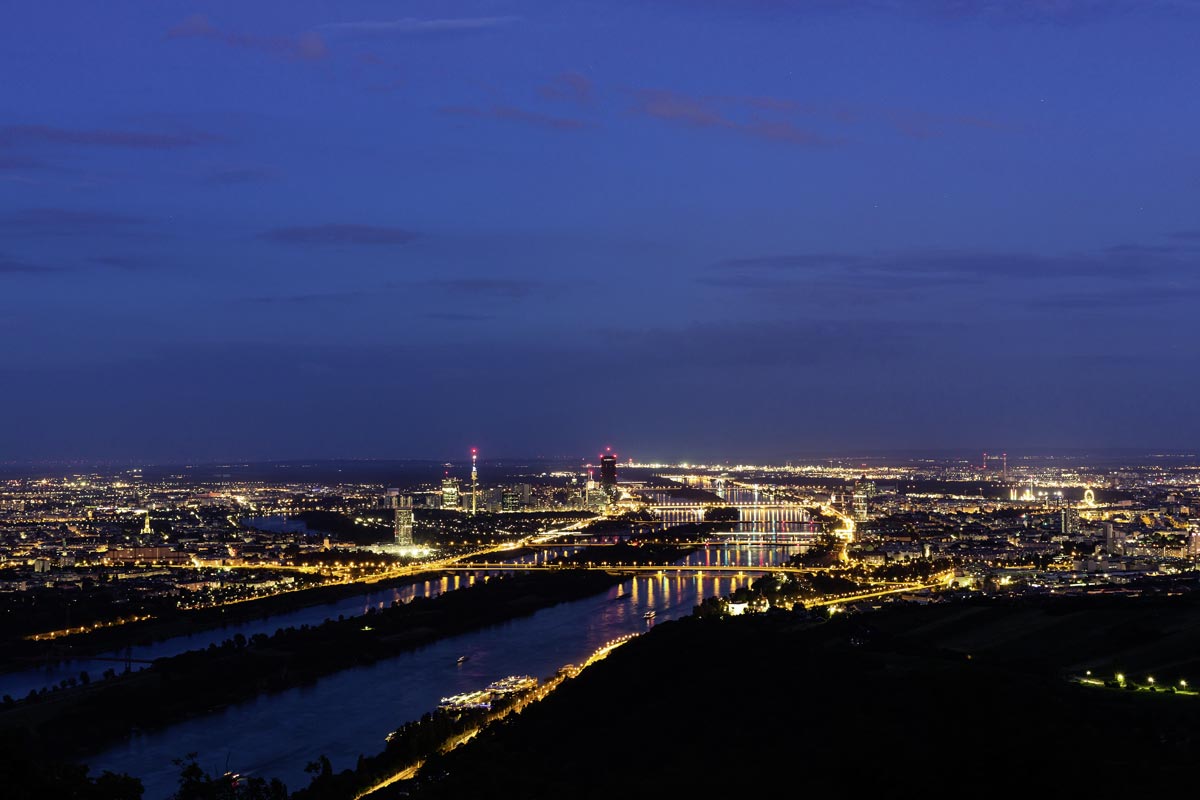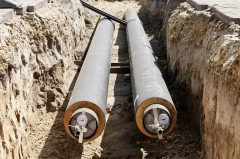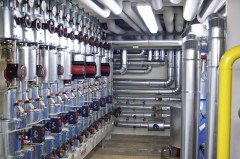Urban technologies are particularly challenging, since they require various technological approaches to be integrated into a highly efficient comprehensive system. In a pioneering urban energy supply system improving energy efficiency, expanding the share of renewable sources of energy and cutting back on greenhouse gas emissions are key aims. Integrated solutions for supplying, distributing and consuming energy are needed for this. Particularly in urban areas, district heating provides an option of using existing infrastructure to distribute waste heat from industry and heat from renewable sources of energy at low cost and with a minimum of emissions. In Austria district heating is mainly based on biogenic fuels and natural gas. More than two-thirds of district heating from natural gas, and roughly half of district heating from biogenic fuels, comes via ultra-efficient CHP (combined heat and power) facilities. More than 90 % of the heat in district heating is used to provide space heating and hot water.
AIT Austrian Institute of Technology GmbH are currently drawing up a technology roadmap for district heating/cooling, in collaboration with the Energy Institute at Johannes Kepler University Linz, the Environment Agency Austria and e7 Energie Markt Analyse GmbH, on behalf of the Climate and Energy Fund. As part of this joint effort, the future potential of district heating and cooling is undergoing analysis, and worthwhile research topics and directions for technological development are being identified. The roadmap focusses on the following main issues (as preliminary results of technological and systemic investigation):
- Integrating alternative sources of heat/cold:
geothermal energy potential and tying in heat pumps, pilot projects using solar heat, new recooling technologies - Heat storage:
large-scale heat storage facilities, systemic integration, materials, operating technology and control engineering, geological options for storing heat underground - Hybrid and micro-grids:
coupling electricity and district heating (power-to-heat), splitting large-scale grids down into smaller units, boosting the installation of micro-grids - Multi-temperature systems:
ways of linking high- and low-temperature grids together, supply from return line, systems with several supply points - Network operation:
hydraulic improved operation at reduced temperature, new hardware and software for monitoring and control, forecasting models, using the network as a storage facility - Building services and automation:
using buildings as storage facilities, monitoring, low-temperature systems, return flow at reduced temperature - Customers:
establishing new information and communication technologies, new tariff and price models - Improving the way supply lines are laid and networks renovated:
cutting costs, improving scaling and maintenance
For sustainable development it is essential to view district heating and cooling systems in the context of the overall energy system. Technological research is to be backed up increasingly by economic, social, ecological and systemic analyses. In this issue we present some current Austrian R&D projects concerned with pioneering strategies and technologies for supplying heat and cold in cities, and with new ways of storing heat.
The Federal Ministry of Transport, Innovation and Technology (bmvit) and the Climate and Energy Fund support the development of strategies, technologies and solutions for the “Smart City” as part of their programs. While the Climate and Energy Fund‘s program “Smart Cities Demo” focusses on comprehensive demonstration and implementation projects, the Ministry‘s research and technology program “City of Tomorrow” pushes research into the development of new technologies, technological systems and parts of such, and urban services for pioneering cities.


